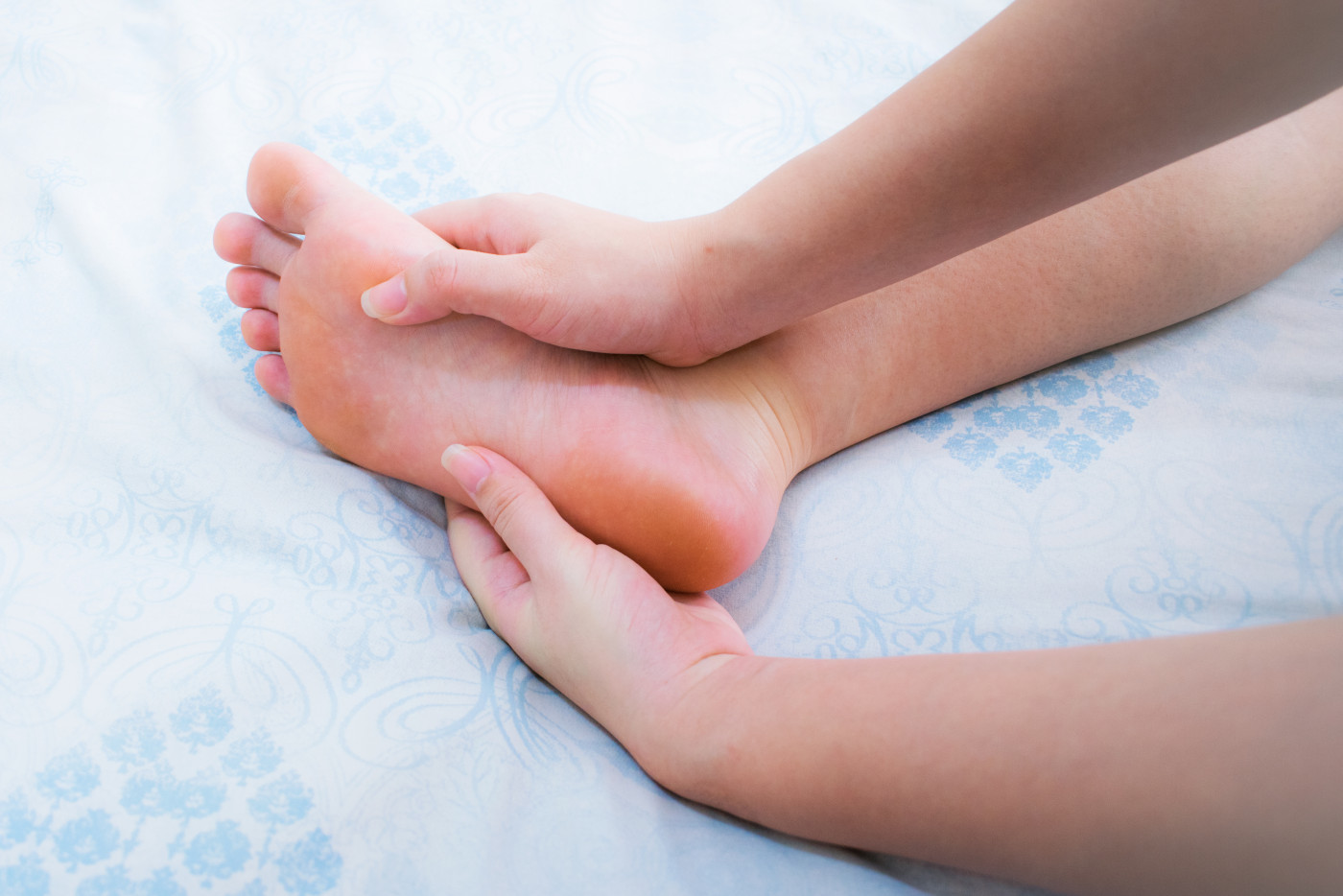Combination of Surgical Techniques Allows Correction of Cavovarus Foot in CMT Patients, Study Reports

French researchers described a combination of surgical techniques that allows the correction of foot deformities associated with Charcot-Marie-Tooth disease (CMT).
The study, “Long term results of the revisited Meary closing wedge tarsectomy for the treatment of the fixed cavo-varus foot in adolescent with Charcot-Marie-Tooth disease,” was published in Foot and Ankle Surgery.
Neurological cavovarus foot (CVF) is the most common foot deformity associated with CMT. It is characterized by a high cavus (arch) combined with a heel that is turned inward (varus), leading to an abnormal foot shape.
Several surgical techniques intended to “obtain a painless and well-balanced [flatfoot] as flexible as possible” have been proposed to correct CVF. One, called Meary dorsal wedge tarsectomy, is based on removing bones of the tarsus, creating a triangular shape with the largest wedge pointing toward the arch.
Although the original technique described in 1976 was shown to be efficient at correcting the high foot arch, it failed to correct the inward-turned heel. “Therefore, the original technique was revisited in order to correct all the components of the deformity,” the researchers stated.
In this study, they reported the clinical outcomes of the updated Meary’s dorsal wedge tarsectomy in CMT patients with CFV.
The study involved 20 patients whose age at surgery varied between 15.3 and 20.4 years. They had undergone surgery between 1977 and 2011, with a mean follow-up period of six years.
The new surgery design incorporated other surgical techniques — plantar fascia release, a Dwyer osteotomy, and a proximal extension osteotomy of the first metatarsal bone if required — to ensure the correct placement of the heel.
Patients’ clinical outcomes were evaluated with the Wicart and Seringe (WS) and the American Orthopedic Foot and Ankle Society (AOFAS) scores and foot X-rays.
Of the 26 foot surgeries performed, 58% achieved a “good” or “very good” WS score, 23% a “fair” WS score, and 19% a “poor” WS score. In addition, both hindfoot and midfoot AOFAS scores reached high values (95.5 and 75 of 100, respectively).
X-rays showed a significant improvement in arch, hindfoot and forefoot heel deformities, reaching a mean correction of 92%, 58%, and 73%, respectively.
“The revisited Meary’s closing wedge dorsal tarsectomy combined with [other surgical techniques] is an efficient salvage procedure for the correction of fixed adolescent neurological CVF. The combination of these different techniques led to significant clinical improvements and radiological correction of the deformity, while avoiding a triple arthrodesis [artificial joint ossification],” the researchers stated. “Recent literature suggests to combine tendon transfers to bone procedures. This was not performed in the study despite muscular imbalance, but required further investigations.”






